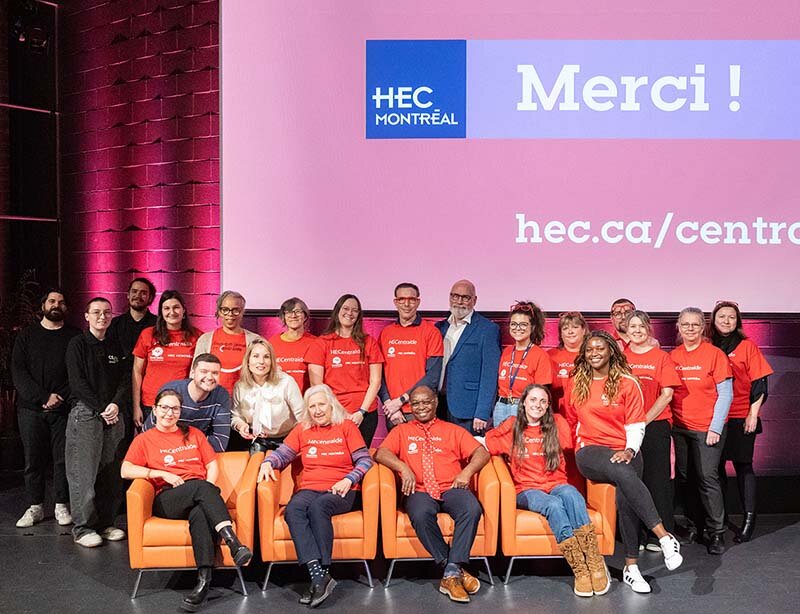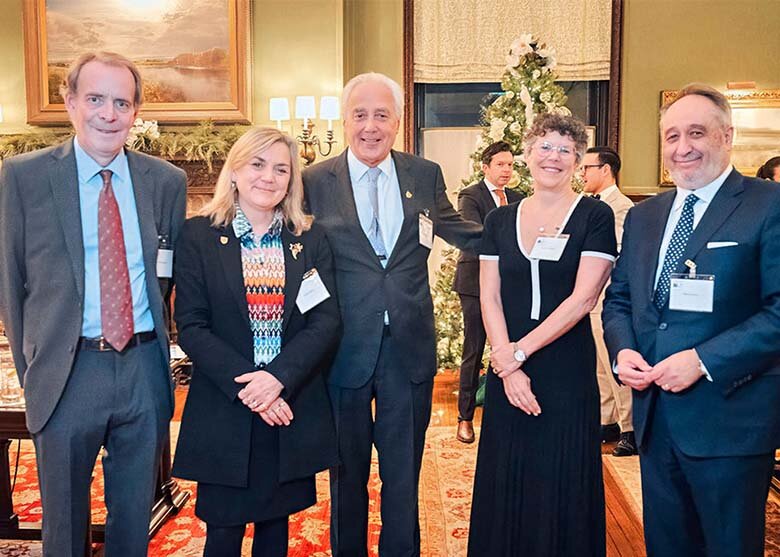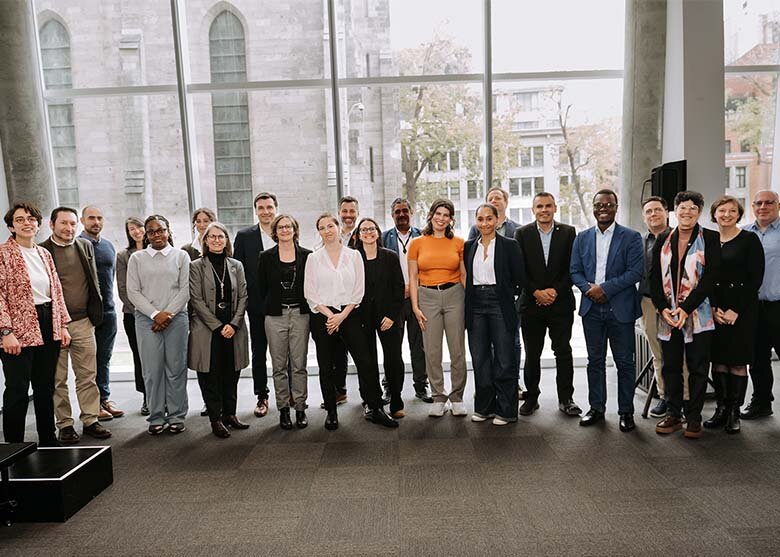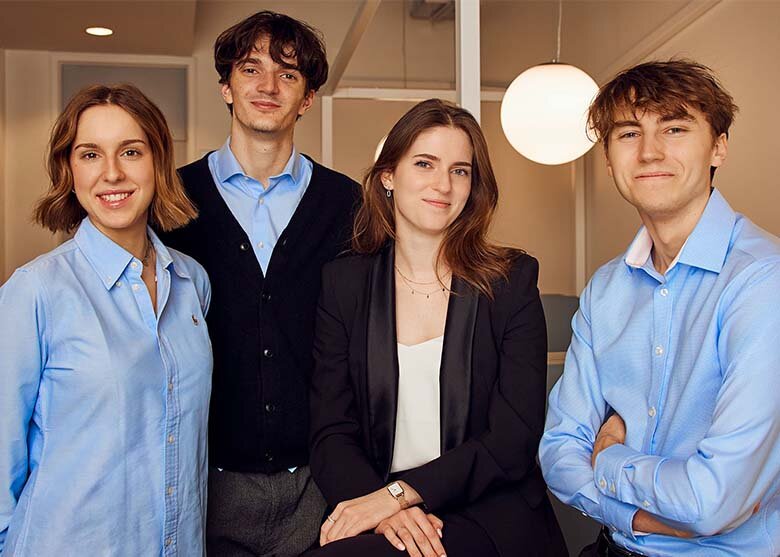Excerpt (translation) from the winter 2016 issue of Gestion HEC Montréal magazine
by Éric Scherer, Director of Future Media, France Télévisions
What are the 10 media trends to watch for in 2016? Gestion HEC Montréal reveals all in its winter 2016 issue!
1. Mobile first, more than ever
In 2015, for the first time ever, Americans spent more time on their mobile devices than watching television. So a “digital first” strategy is no longer enough – now it’s “mobile first,” for content consumption and production alike. And the trend is bound to continue: Generation Z (under 18s) may well be “mobile only.”
2. E-sports joins the crowd
E-sports, or the online video gaming industry, has now become a major economic sector and attracted the attention of Internet giants. Although the industry has been ignored by traditional media, it is growing rapidly and is close to becoming an entirely separate medium. It deserves much closer attention, considering its young and active community, flourishing economy and innovative nature.
3. Finding a balance between algorithmic and editorial recommendations
Users seem to prefer recommended content that closely matches their interests. But algorithmic recommendations, which generally correspond simply to the sum of our behavioural data, just tend to reinforce our usual habits. Editorial recommendations, on the other hand, offer a bit of serendipity, a valuable way of enriching the user experience. Striking a balance between the two remains a challenge for 2016. And then there are “social” recommendations, by one’s friends.
4. A bright future for programmatics
Programmatics, or the way advertising sales are instantaneously negotiated between buyers and holders of advertising inventory, is said to already represent 20% of the online advertising market in the United States and 3 billion euros in Europe. In 2016, we can expect the use of programmatics to skyrocket, not only for online advertising, but also for TV ads.
5. Streaming triumphs, both live and “native”
2016 is bound to be the year when streaming outstrips television viewing, as Ericsson predicted. Streaming video apps are rapidly gaining ground. But more than streaming itself, look for great advances in “native” streaming on Facebook, Twitter and Snapchat. And even more recent, but with tremendous promise, is live streaming. Our mobile devices turned us into media, and now they’re making us broadcasters!
6. More visual reporting
Photos are no longer used to illustrate articles. Now it’s the other way around: words enhance pictures. On some sites, the home page image is just as important as the title. And videos are everywhere – people watch them muted, vertical, and in short format. In a world full of abundant, complex information, images are also used to tell stories and explain things.
7. Growing consolidation
Given the threat of GAFA, some groups are striving to boost their presence. Traditional media are investing in new entrants to the market or buying up existing ones, and the temptation to integrate content editors and telecom operators is on the rise in both North America and Europe.
8. Fighting the common enemy: adblockers
This past year will be remembered for the spread of adblockers, not only on the Web but also on mobile devices. If no other solutions appear in 2016, many players may well pay a very heavy price for the abusive use of banners, pop-ups and other pre-rolls that have gradually spoiled the user experience. The key is to get back to basics and make the experience more enjoyable, with more empathy and respect for the public and faultless marketing. We can probably expect to see new paid, ad-free subscription offers.
9. Learning (finally!) to make the most of messaging apps
Messaging apps gained tremendous popularity in 2015, in particular among young people, who have become real devotees. Some media have attempted to get a toehold in this as-yet unconquered territory, and seem to be entranced by the record sign-up rates. The trend is sure to intensify in 2016, but for that to happen media will have to accept that it will be even more difficult to recruit audiences (communities) than on other platforms. They will have to produce even more short-lived content, and really learn to speak young people’s language.
10. Testing immersive technologies
360° video, ultra-high definition images and sound, augmented reality, virtual reality… we’re seeing the emergence of all kinds of often event-oriented advances, and producers are experimenting with new ways of creating. It’s best to get on board straight away, because these technologies are becoming more accessible all the time!









